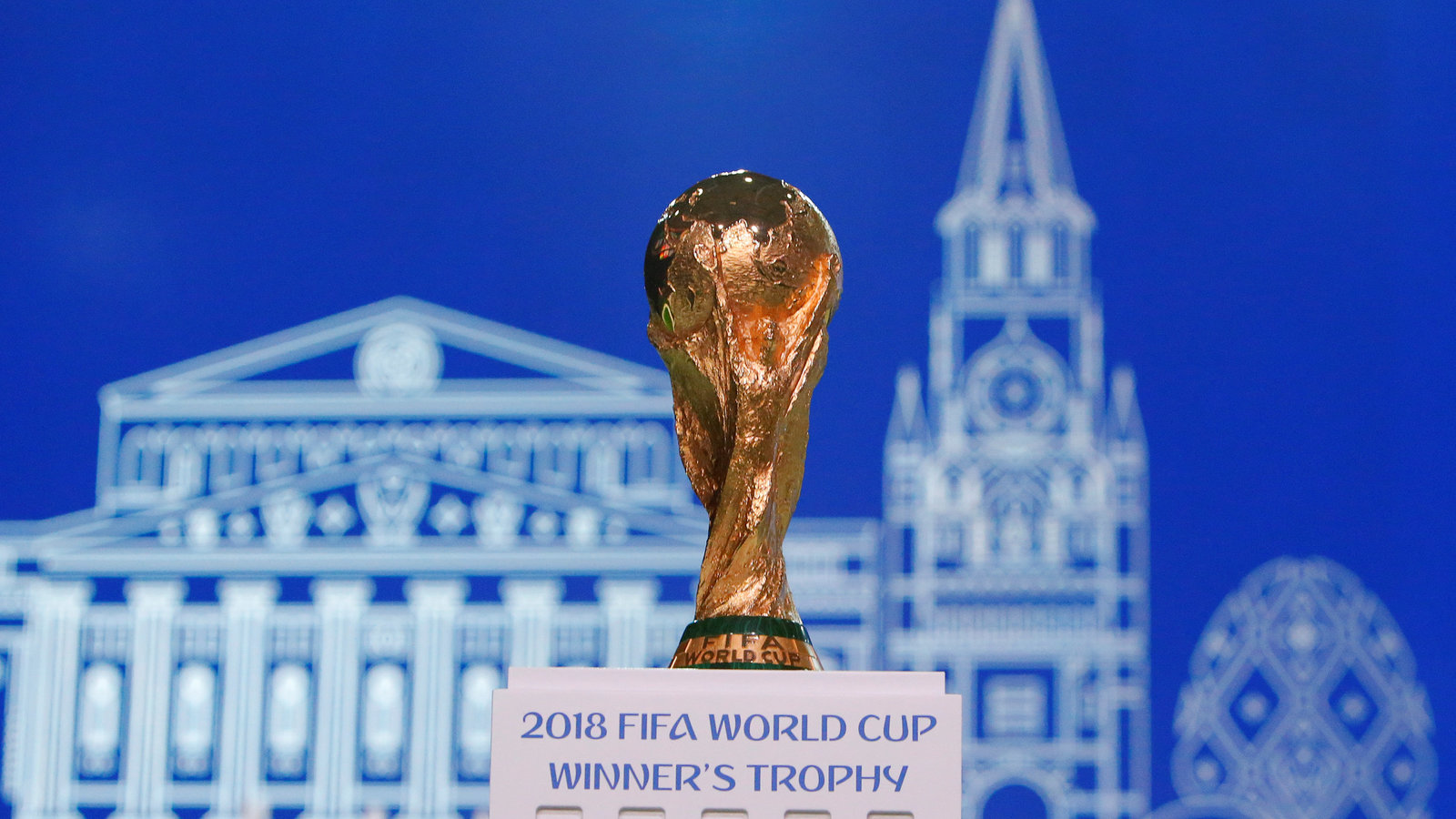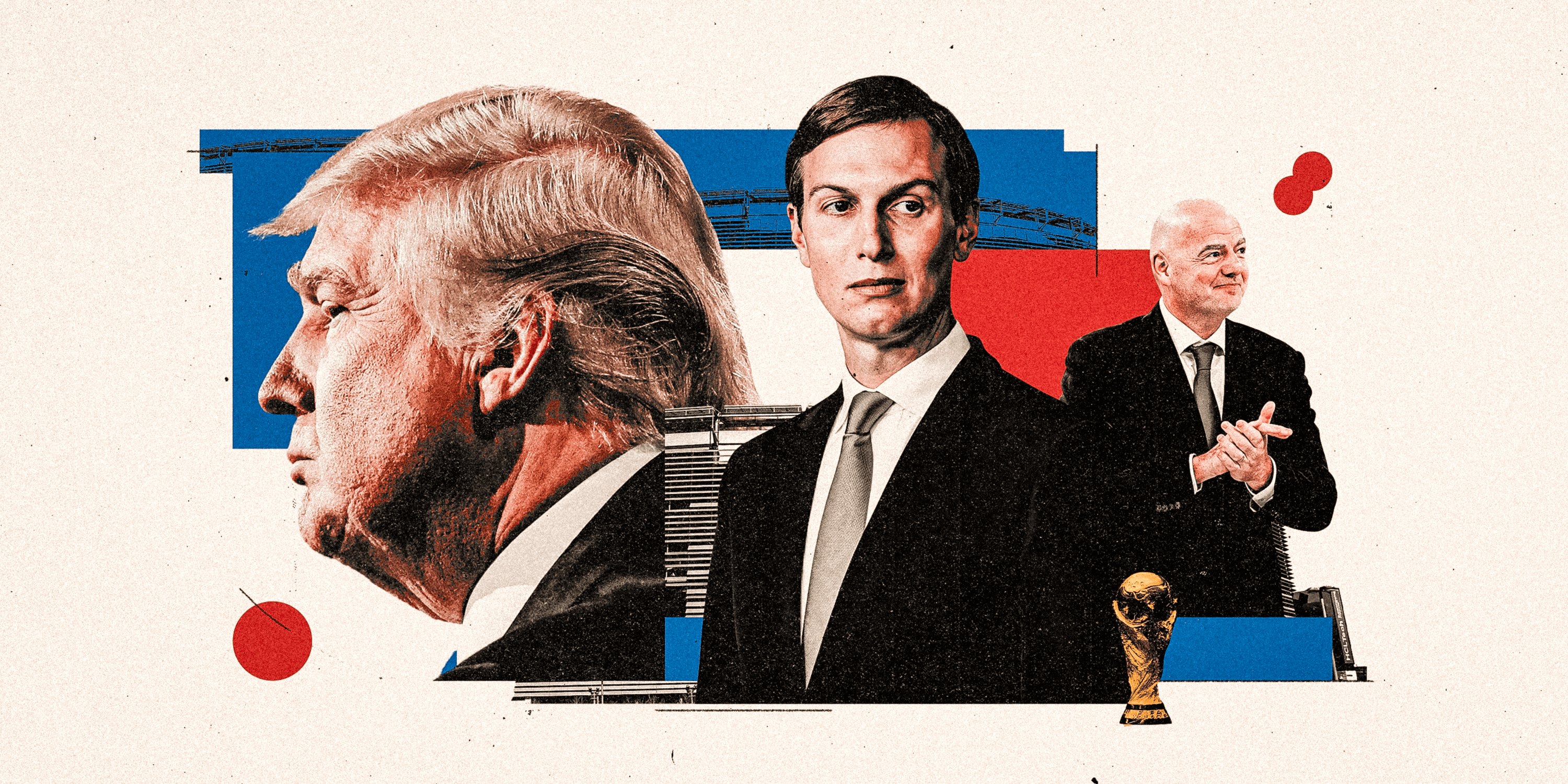Man, I dumped serious time and cash into that 2022 dream. I wasn’t just a fan sitting on the couch; I was trying to map out a whole experience, treating it less like a hope and more like a guaranteed future travel plan. This whole process, from the initial excitement to the brutal letdown, became one of the most unexpected learning curves I’ve ever had to document.

I remember back in 2009 and 2010, the US bid was firing on all cylinders. I wasn’t just reading articles, I dug into the official bid books that the organizing committee released. That stuff was heavy lifting, full of technical specifications on infrastructure, transportation plans, and security projections. I mocked up travel itineraries for three different venue clusters—New York/Boston, Dallas/Houston, and LA/Seattle. I had spreadsheets listing estimated hotel costs, flight paths, and even budgeted for match-day transportation within those cities.
I even bought up some early, speculative memorabilia, stuff that was priced cheap because nobody cared yet. I figured if we won, these things would be gold, and more importantly, the experience would be epic. I was pre-investing in the hype, dedicating a significant portion of my discretionary time over 18 months to mapping out how I would personally navigate the American World Cup.
Then December 2, 2010, hit. The moment they announced Qatar. It felt like getting punched in the gut, honestly. I was sitting there, glued to the screen, expecting the US to pull it off, maybe Australia or South Korea as a runner-up, but definitely not Qatar. We had the infrastructure, the money, the guarantee of massive crowds. When the result came down, I literally slammed my laptop shut. I felt profoundly betrayed. It was the same feeling I got when that shady contractor stiffed me on payment two years ago—just pure, unbelievable loss and confusion over how something so obvious could go so wrong.
The Failure Analysis: Why We Got Screwed
I couldn’t just drop it. My brain won’t let go of a failed project until I’ve completely deconstructed the failure points. I spent the next four months obsessively analyzing the voting patterns. I read every leaked email snippet I could find. I consumed endless forums and reports about the technical review scores vs. the political maneuvering inside Zurich. What I quickly realized was simple: our bid was great on paper, technically flawless, but politically, we were DOA.
We were playing a clean game in a dirty sandbox. It wasn’t about stadiums or crowds; it was about backroom deals and shifting loyalties, things you can’t schedule or budget for in a Microsoft Project file. I trashed my original travel plans. I sold off most of that memorabilia at a loss just to clear the mental clutter. I stopped investing emotional energy in FIFA politics completely for a while, just wallowing in the reality that the process was fundamentally rigged against pure merit.

It was a big, fat, expensive lesson: focus on what you can control. I wasted years betting on external political forces that I had zero leverage over. That realization was the pivot point.
The 2026 Realization: Switching Gears
That bitter realization—that 2022 was always a political landmine—is exactly what drove me straight into the 2026 bid analysis when talks started picking up steam a few years later. This time, I approached it like a sure-thing project, not a hopeful gamble. The moment they announced the joint North American bid (United 2026), I knew it was different. This wasn’t about begging for votes; it was a dominance play—a bid so overwhelming in scale and guaranteed profitability that FIFA couldn’t afford to say no.
I immediately spun up a new tracking sheet. I archived all my 2022 research under a folder titled ‘Lessons Learned: External Factors Override Technical Merit.’ I started documenting the potential host city selection process meticulously. Instead of planning a hypothetical trip to a World Cup we might not get, I focused on existing infrastructure projects and local planning reports in cities like Dallas and Toronto. I shifted my energy from analyzing failure to cataloging inevitable success.
It’s like when I had to quit that toxic job; I mourned the loss for a bit, but the moment I landed this new, stable gig, I realized the initial pain was just the prerequisite for a massive upgrade. The 2022 loss was painful, but it taught me exactly where the energy needs to go: on the things that are solid, predictable, and offer the highest rate of return for my time investment.
Now, 2026 is locked in. All that initial analysis I built up years ago, even the bad data, gave me a foundation. I can track the progress of stadium renovations and infrastructure build-outs with a clarity most casual fans don’t have. I turned that bitter disappointment into a framework for future action. I’m not hoping for a miracle this time; I’m just watching the inevitable unfold, and I’m ready to book those tickets for the opening weekend. That’s the real practice log: Fail hard, analyze why, then refocus all available resources on the next, more secure target.

